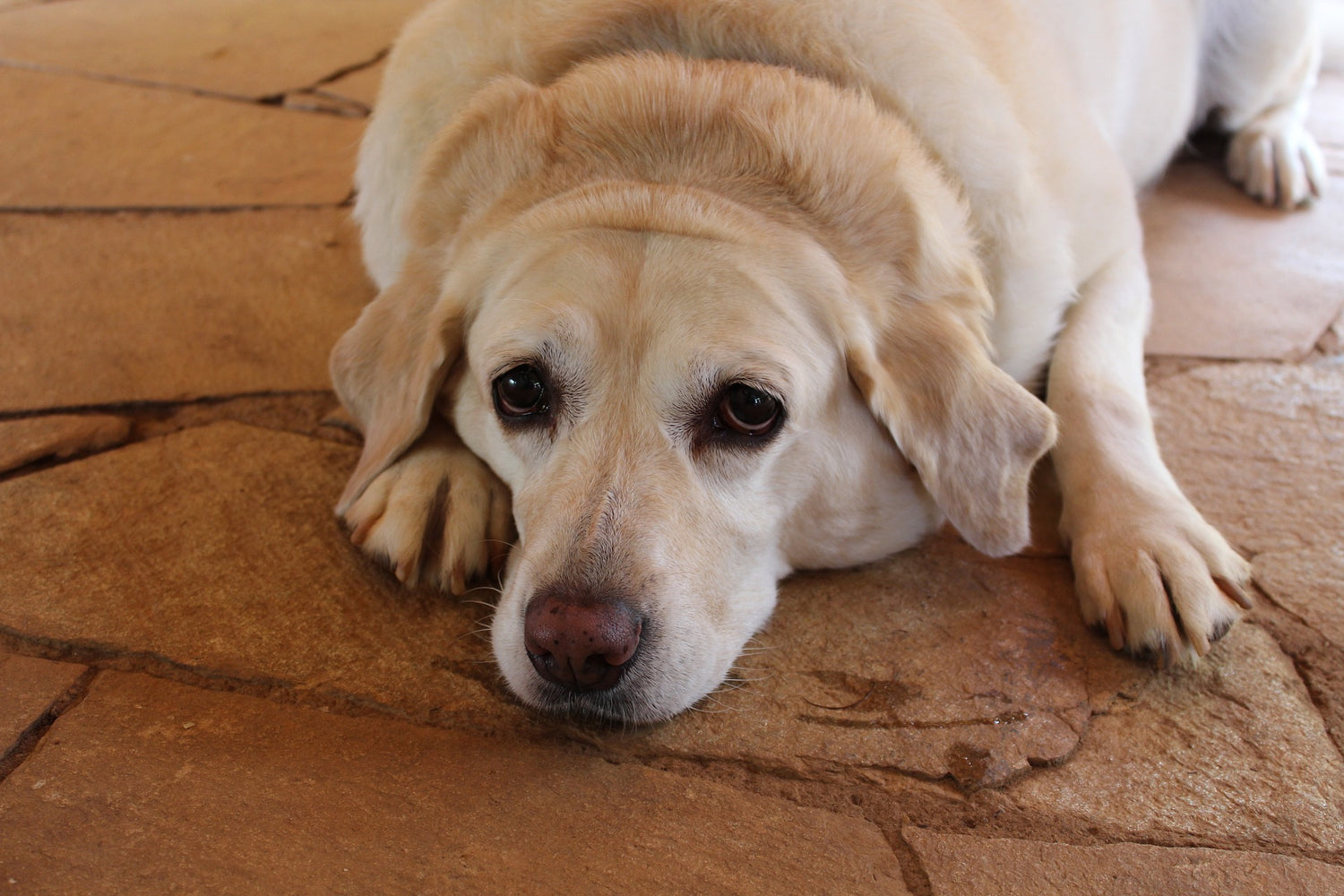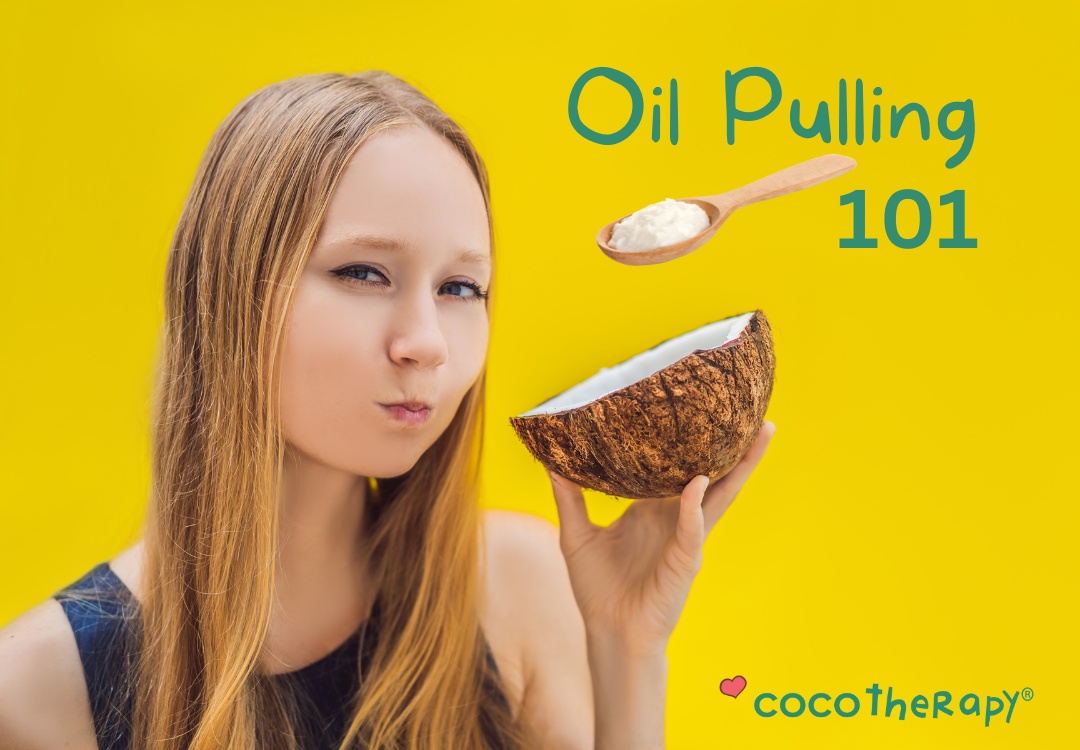It's no secret that pet obesity is an epidemic in the United States. According to the Association for Pet Obesity Prevention (APOP), an estimated 60% of cats and 56% of dogs in America are clinically overweight or obese. This puts our four-legged friends at risk for a wide range of health issues, including diabetes, heart disease, arthritis, and certain types of cancer. That's why it's so important to keep your dog's weight in check.
In this post, we'll take a look at the risk factors for obesity in dogs and explain how to tell if your pup is overweight. We'll also explore the benefits of keeping your dog lean and discuss some of the best ways to help them safely lose weight.

What Are the Risk Factors for Obesity in Dogs?
The first step in helping your dog lose weight is understanding the risk factors for obesity. Some dogs are genetically predisposed to gaining weight, while others may be more prone due to their lifestyle or other factors. Here are some of the most common risk factors for obesity in dogs:
- Genetics. Certain breeds are more likely to become obese than others, including Labrador Retrievers, Pugs, Beagles, and Cocker Spaniels.
- Age. As dogs age, their metabolism tends to slow down, making them more prone to weight gain.
- Spaying or neutering. Dogs that have been spayed or neutered are more likely to become overweight due to hormonal and metabolic changes.
- Sedentary lifestyle. A lack of physical activity can lead to obesity in dogs, just as it does in humans.
- Poor diet. Dogs that are fed a high-calorie, low-nutrient diet may gain too much weight over time.
Unfortunately, many pet parents are unaware that their dog is overweight. That's why it's important to know the signs of obesity so you can take action before serious health problems develop. In the next section, we'll look at the signs of obesity in dogs and explain how to determine if your pup is at a healthy weight.
How Can I Tell if My Dog Is Overweight?
Thankfully, it's relatively simple to tell if your dog is overweight. In fact, veterinarians have developed Body Condition Scoring (BCS) systems that you can use to accurately assess your pup's weight.
There are two recognized BCS systems: a five-point system and a nine-point system. In the five-point system, dogs are scored on a scale of 1 to 5, with 1 being very thin and 5 being obese. In the nine-point system, scores range from 1 (emaciated) to 9 (morbidly obese).
This handy printable chart from the American Animal Hospital Association shows both the five-point and nine-point BCS systems, allowing you to quickly assess your dog's weight. To use the chart, first assess your dog visually from the side and from above.
Next, compare your dog's body shape and condition to the chart, which details specific physical characteristics associated with each BCS score. You'll also need to use your hands to feel your pup's ribs, waist, and spine. Simply follow the instructions provided in the chart and remember to be honest with yourself.
It's important to note that while the BCS systems are a quick and easy way to assess your dog's weight, they're not an exact science. If you're not sure whether or not your pup is overweight, it's best to visit your veterinarian for a professional opinion.
What Are the Benefits of Keeping My Dog Lean?
The benefits of keeping your dog lean are numerous. As we mentioned at the start of this post, lean dogs are at a lower risk of developing serious health issues such as osteoarthritis, heart disease, and some types of cancer.
Improved metabolic health is another major benefit of maintaining a healthy weight in your dog. Lean dogs tend to have lower blood glucose and triglyceride levels, which helps keep their insulin sensitivity in check. This can help reduce the risk of diabetes and other metabolic disorders.
Staying lean can even help prolong your pup's life. According to a 14-year life span study in dogs, lean-fed dogs lived longer than control-fed dogs – with a median life span extension of 1.8 years or 15%.
Finally, it's important to remember that obesity can impede your pup's quality of life. Overweight and obese dogs may have difficulty with everyday activities such as walking, jumping on the couch, or even just standing up. In short, keeping your dog lean can help keep them healthy, happy, and active for years to come.
How Can I Help My Dog Achieve and Maintain a Healthy Weight?
If you've determined that your pup is overweight or obese, don't panic – there are plenty of ways to help them achieve and maintain a healthy weight. In the final section of this post, we'll explore some of the best ways to help your pup stay slim and trim.
Read and Understand Food Labels
Reading and understanding food labels is essential for helping your pup achieve and maintain a healthy weight. Pay particular attention to the guaranteed analysis (GA), which provides information on the minimum and maximum amounts of crude protein, fat, and fiber in the food. Check out our guide for more information about the GA and how to use it.
It's also important to note that some of the terminology found on pet food labels can be confusing. For example, "light" or "lite" refers to low calorie foods (below certain limits), while "lean" means low fat (not necessarily lower calorie). So, make sure to read the label carefully and understand what it's saying before you make a purchase. This resource from the Association of American Feed Control Officials (AAFCO) will help you make sense of pet food labels.
Finally, check for feeding guidelines on the label – these will provide an estimate of how much you should be feeding your dog based on their weight and condition. However, bear in mind that these are only guidelines. Speak to your vet about your pup's specific needs and adjust their portion size accordingly.
Feed a Species-Appropriate Diet
Most commercial pet foods contain low-cost, processed ingredients and fillers. To make pet food taste and look more inviting, manufacturers add artificial colors, flavors, and flavor enhancers. And to preserve the food's freshness and extend its shelf life, chemical preservatives are added.
The poor-quality ingredients in these foods can cause a huge range of health problems for your pet over their lifetime, so it's best to stay away from carb-loaded, kibble diets and other low-quality pet foods.
Instead, feed your dog a species-appropriate diet that contains natural ingredients like meats, vegetables, and fruits. Check out our previous post for more information about choosing a species-appropriate diet for your pet.
Slow Down Consumption
Lots of dogs have a tendency to gulp down their food, which can lead to weight gain, indigestion, and even bloat. To slow down consumption and help your pup stay healthy and lean, try using a slow-feeding bowl. These bowls are designed to prevent rapid eating by forcing dogs to eat around obstacles or from smaller openings within the bowl.
Lick mats are another great way to slow down consumption and keep your pup entertained during mealtimes. They're made of silicone or rubber and covered with ridges and bumps. Simply spread your pup's meal on the mat and let them lick away. The small indentations will help slow their eating, while the ridges and bumps provide plenty of stimulation.
Measure and Control Food Intake
One simple but effective way to manage your dog's weight is by measuring and controlling their food intake. Do this by using a measuring cup to measure out their daily meals instead of free feeding them. This will help you avoid overfeeding, so your pup won't consume more calories than they need.
As mentioned earlier, the feeding guidelines on the pet food label will provide an estimate of how much food your pup needs to maintain a healthy weight. But remember, these are only guidelines, and you should speak to your vet about your pet's specific caloric needs and adjust portion size accordingly. Also, your eyes and hands are a great way to determine whether your pet is at a healthy weight – you should be able to comfortably feel his ribs, waist, and spine and see his natural curves.
Give Supplements that Support Weight Loss
There are a few supplements we recommend to keep your dog's weight in check. Fiber is especially helpful for weight management as it helps to reduce hunger and keep your pup feeling full. Look for a fiber supplement that contains natural ingredients like psyllium husk, flaxseed, or coconut fiber.
Probiotics are beneficial bacteria that are found in supplements and fermented foods. They are thought to aid weight loss and prevent obesity in pets by helping regulate gut health. Studies have shown that there is a direct correlation between the gut health of animals and their ability to lose weight. This suggests that gut bacteria play a powerful role in weight regulation.
Finally, give your pup a daily dose of virgin coconut oil (VCO) to help them burn fat and maintain their metabolism. VCO is rich in medium-chain fatty acids that are easily digested and used as energy by the body. Plus, it helps to support thyroid function, which is essential for maintaining a healthy weight.
Limit Treats and Snacks
Treats and snacks are a great way to reward your pup and show them your love. However, they should be kept to a minimum as they can easily add extra calories to your dog's diet. A general rule of thumb is that treats should make up no more than 10% of their daily caloric intake.
You can also give healthy low-calorie treats such as sliced, pet-friendly fruits and vegetables. That way, your dog can still enjoy a tasty snack without overloading on calories. Apples, carrots, green beans, and cooked sweet potatoes are all great low-calorie choices.
Keep Your Dog Active
Daily walks, active play sessions, and interactive toys should all be part of your pup's everyday routine to help keep their weight in check. Physical activity will not only help your dog burn extra calories, but it can also help strengthen their bones and build muscle mass. Additionally, regular exercise is beneficial for your furry friend's mental health as it helps to reduce boredom and regulate stress levels.
Aim for at least 30 minutes of moderate exercise every day, such as a brisk walk or a game of fetch. You can also challenge your dog with mental activities like puzzle toys and food mazes to keep them stimulated and active.
Keep a Weight Loss Log
Our final tip to help your dog achieve their weight loss goals is to keep a log of their progress. This can be in the form of a journal or simple spreadsheet where you record your pup's current weight and any changes over time. Doing so will help you monitor how well your dog is doing, make necessary adjustments if needed, and ensure that they're losing weight safely and steadily.
Remember, weight loss doesn't happen overnight, but with a few lifestyle changes, you can help your dog reach their ideal weight and improve their overall health. Just be sure to work with your vet to develop a plan that meets your dog's specific needs and always go slow and steady.
Want more information about how coconut oil can help your dog lose weight (and keep it off)? Check out our previous post, Does Coconut Oil Cause Weight Gain?



